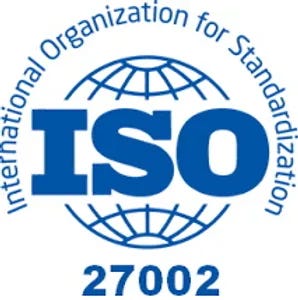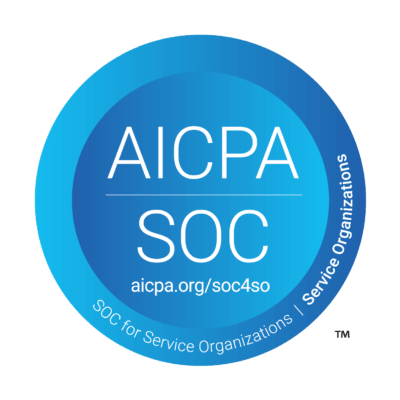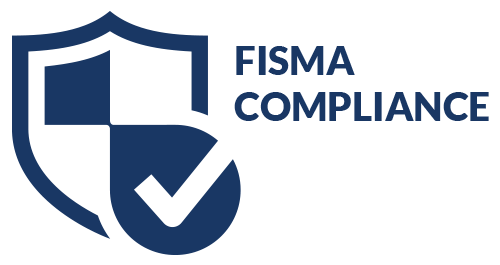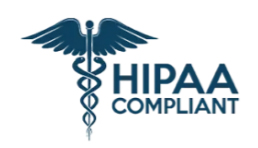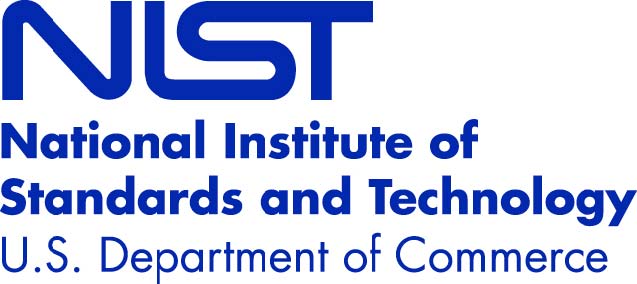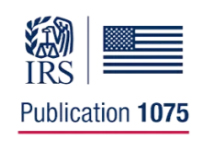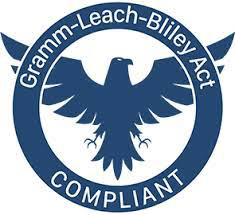Self-service technology options are changing debt collections.
Technology has dramatically changed debt collections – along with every other industry sector. Today, many of the formerly laborious tasks of the debt collections industry have been automated. This includes self-service options that allow consumers to do-it-yourself when it comes to past-due balances. It also includes innovative web tools for the small to mid-size business in a software-as-a-service debt collections model.
How will the trend of self-service change the collections industry? What are the benefits of self-service in debt collections?
Debt Collections DIY
Today, the biggest and most sophisticated debt collections firms are leveraging technology to improve the customer experience, manage compliance, and automate the collections process. The industry is changing and smaller firms will simply not be able to remain competitive as debt recovery changes with the technology disruptors that have affected every industry.
Debt collections have evolved to offer self-service options that the industry has never used in the past. For example, automation in technology is being used to remain compliant as debt recovery firms contact clients. Past due debtors are now able to use self-service features to pay bills instead of having a phone conversation with a collections agent. A report from CGI suggests that these automated features have reduced phone calls by as much as 30%. The benefit for a client of a debt collections firm is that these self-service options can actually save them money in the long run.
Debtors that are more than 90-days past due may not be as likely to respond to anything short of a phone call. However, simple service inquiries or consumers’ concerns related to making payment arrangements can easily and efficiently be handled by automation.
Automation can also be applied via telephonic auto-dial systems, which certainly improve the call volume and efficiency of the collections process. These systems can, where permitted by law, leave messages in a completely automated process that saves big money for a collections agency client. CGI states, “The cost of unattended messaging is less than five percent of the cost of sending an additional billing notice. Call centers can deliver more than 5,000 unattended messages a day for each inbound call representative staffed.”
Another great example of technology-driven self-service options includes automated email tied to a customer self-service option. This could certainly improve the efficiency of any debt collections process no matter the size of the business. Finovate suggests:
That’s why a gentle email/text reminder with a link to a self-service support area makes so much sense. Not only can you speed repayments from delinquent borrowers, but also garner valuable goodwill by offering a positive experience via a collaborative online tool.
TSI and Self-Service Debt Collections
TSI, one of the largest debt collection firms, has embraced technology innovation with Rocket Receivables, an online accounts receivables portal. Rocket offers the small to mid-sized business affordable automated tools and web self-service, along with user-friendly analytics and reporting tools. Rocket Receivables is just one of the ways that TSI has leveraged technology and self-service digital collections to innovate the debt collections industry.
To learn more about how to optimize your revenue, contact us.
